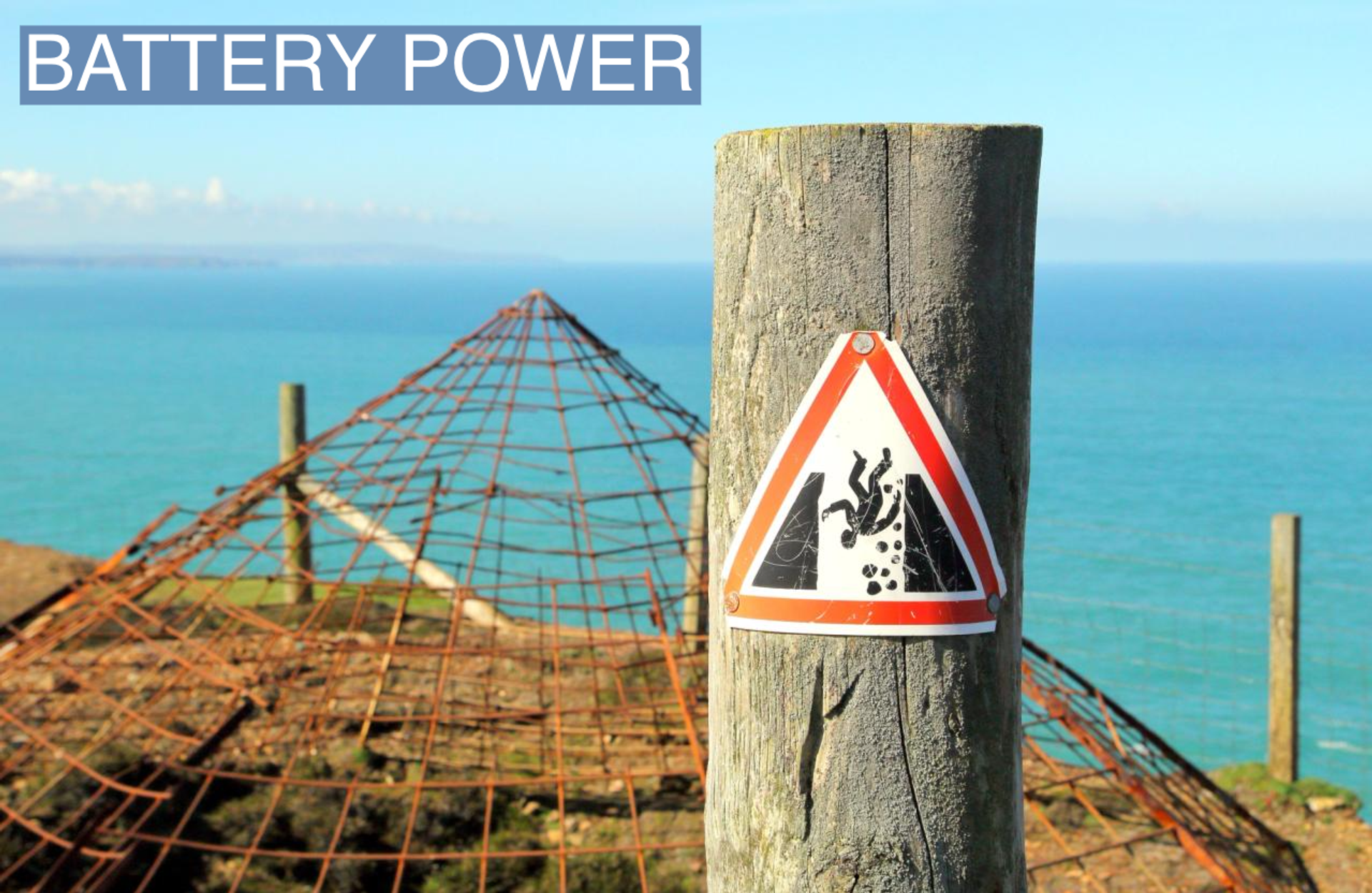The News
“Gravity batteries” in disused mineshafts could store enough energy to meet the entire world’s electricity demand for a day, researchers estimate, potentially helping solve the growing problem of where to bank ever-increasing renewable supplies.
The batteries work by harnessing the power of gravity: when renewable energy is plentiful, they use this energy to lift heavy weights up, and when energy is needed later, the weights are released, powering a generator as they fall.

In this article:
The Problem
The ever-falling cost of renewable energy has driven the low-carbon revolution. Installing a megawatt of solar capacity, enough to power about 2,000 homes, would have cost more than $100 million in 1975 and around $4 million in 2010. In 2021, it cost around $250,000. Similar falls can be seen with wind power. Twenty years ago they provided a barely measurable percentage of global energy: Now it’s nearly 5%, and growing every day.
But solar and wind are intermittent. The sun doesn’t shine all the time and the wind doesn’t blow all the time. Storing the energy for when it is needed is a problem.
The Solutions
Traditional batteries are improving, says Jenny Chase, a solar analyst for BloombergNEF, although along with everything else, their average price rose a little in 2022 after years of falling. “It’s reasonably clear that we will have batteries to cover two to six hours of energy demand,” she told Semafor. They’ll work well for storing energy for short periods, charging and discharging every day. But for longer-term storage, different technology will be needed.
The challenge with that, says Chase, is that it involves a large capital outlay and has irregular use. So you need it to be cheap. Pumped hydropower is one common method: Simply pumping large amounts of water uphill and releasing it as needed, although this does involve flooding entire valleys. Using compressed air is another.
Breaking water into hydrogen and oxygen via electrolysis, and storing the hydrogen as fuel is perhaps the most promising, she says: “You build an electrolyzer, and fill big tanks or disused salt mines. The capex of the electrolyzer is low.” Hydrogen can be stored indefinitely, like fossil fuels, and can store large amounts of energy in a small volume.
The new research, published in the journal Energies, suggests that pumping sand via giant conveyor belts up the tens of thousands of disused mine shafts around the world can be an alternative. “Gravity batteries,” other than pumped hydropower, are not usually considered realistic because lifting weights up high doesn’t take, or release, much energy. One analyst estimates that you’d have to drop a one-kilogram (2lb) weight about 10,000 miles to release as much energy as you would by burning one kilogram of hydrogen.
But the Energies paper suggests that the scale of using all the world’s defunct mineshafts, and using sand instead of weights so that energy can be continuously pumped and released, would make it viable. They suggest connecting the generator to batteries so that it could provide long-term and short-term storage cheaply.
Room for Disagreement
“I’m not sure gravity-based storage really ever makes that much sense,” Eamonn Ives, head of research at the Entrepreneurs Network think tank and a former UK government climate policy adviser. “Certainly not from projects I’ve seen at the moment. Obviously, we should embrace a portfolio of tech and be agnostic, but I wouldn’t want to bet our energy security on it.”
Instead, he says, we should “always be bullish on batteries — breakthroughs keep being made.” For instance, vehicle-to-grid technology, charging electric vehicles at low-demand times, and using them to store domestic electricity, is becoming standard. “Parked cars will soon be a massive potential reservoir of power,” he says. “It just requires a bit of tech and behavior change to optimize it.”
Tom’s view
Gravity batteries may or may not work out. There is a fundamental physical limit to how much energy you can store by lifting weights up, and it’s surprisingly low. But there are also lots of disused mineshafts in the world, so perhaps it can be a useful addition to the energy storage portfolio. The real thing, though, is just how quickly innovations are coming. Realistic storage methods are increasingly making the renewable revolution possible.